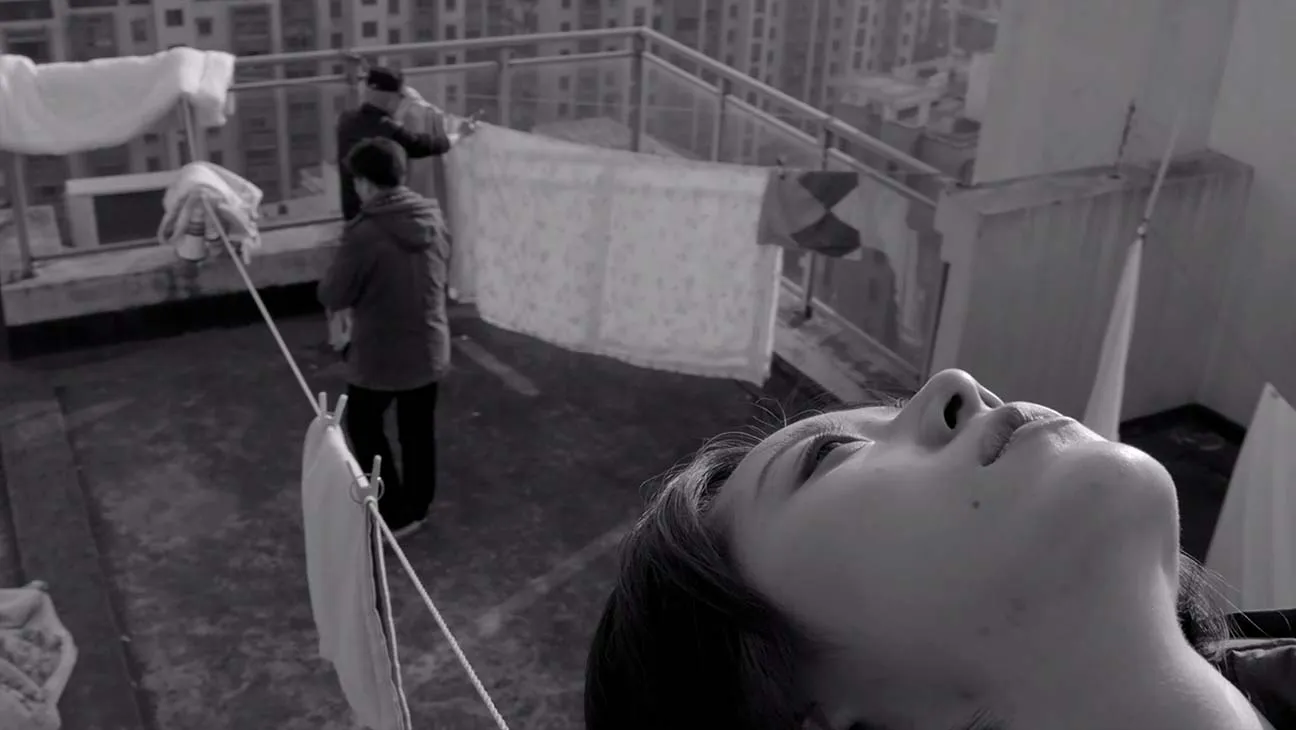Finally, some long-awaited Sino-US sportsmanship. A joint group of researchers from China and the United States have teamed up to create a robot that is groundbreaking in both size and strength. This one is different from China’s latest in AI-powered judges and assorted robo-humans, because it’s modeled after one of the strongest and most resilient creatures on earth — the cockroach.
The prototype robot, built by collaborating research scientists from Beijing’s Tsinghua University and the University of California, Berkley, is the size of a postage stamp and weighs less than 0.1 grams. Its body is composed of a flexible piezoelectric film and a polymer skeleton with two legs.

Picture: Handout
Okay, so it might not look exactly like an actual cockroach (which is perhaps a good thing?) but it can move just as fast, with speeds of up to 20 body lengths a second. According to research carried about by the universities, the robot can withstand the crushing force of a 60kg adult human stepping on it. For scale, that’s 1 million times greater than its own bodyweight. So, it’s basically impossible to squish.
This cockroach #robot won’t break even after being repeatedly stamped on. @newscientist https://t.co/VG32cGtw4q @UCBerkeley #robotics pic.twitter.com/REDZ52sFYl
— Robot&AIWorld (@RobotAndAIWorld) August 12, 2019
The strength of this robo-cockroach can be attributed to recent breakthroughs in research of “soft robots”. This pioneering project was conducted under the Tsinghua-Berkeley Shenzhen Institute Partnership, an initiative which aims to facilitate international collaboration between global researchers in fields like new energy technology.
Related:
 It’s Not Rocket Science, Except When it is: The Strange Case of Qian XuesenArticle Aug 15, 2018
It’s Not Rocket Science, Except When it is: The Strange Case of Qian XuesenArticle Aug 15, 2018
The key finding of the study, which was published in academic journal Science Robotics earlier this month, is that the right combination of soft materials and powerful structure enable fast operation and super strength in robots. The challenge is to create a robot that isn’t too soft to move fast, but also isn’t too stiff to withstand the force of human weight.
Could robot-cockroaches help with earthquake search and rescue? Study says yes https://t.co/xhsQtiXHba pic.twitter.com/gdNvwcr6PR
— The Oregonian (@Oregonian) February 9, 2016
The robot cockroach, with its tiny frame, flexibility, and resilience, could be used in place of sniffer dogs to detect survivors trapped in rubble after a major earthquake or other natural disaster. The joint research team is currently refining their prototype, working on adding small sensors to the robot to allow it to detect harmful gas leakage. Other future uses for this little robot may include environmental exploration and inspection.
Such breakthroughs are particularly weighty in China, which is frequently struck by earthquakes. In 2008, a magnitude-8 earthquake in Sichuan took 380,000 lives and memories of that incident — along with the difficulty in rescuing those affected — remain indelibly marked on the nation’s psyche. With China being a seismically active country that is also home to the world’s largest population, this latest technology has the potential to save many lives.
















